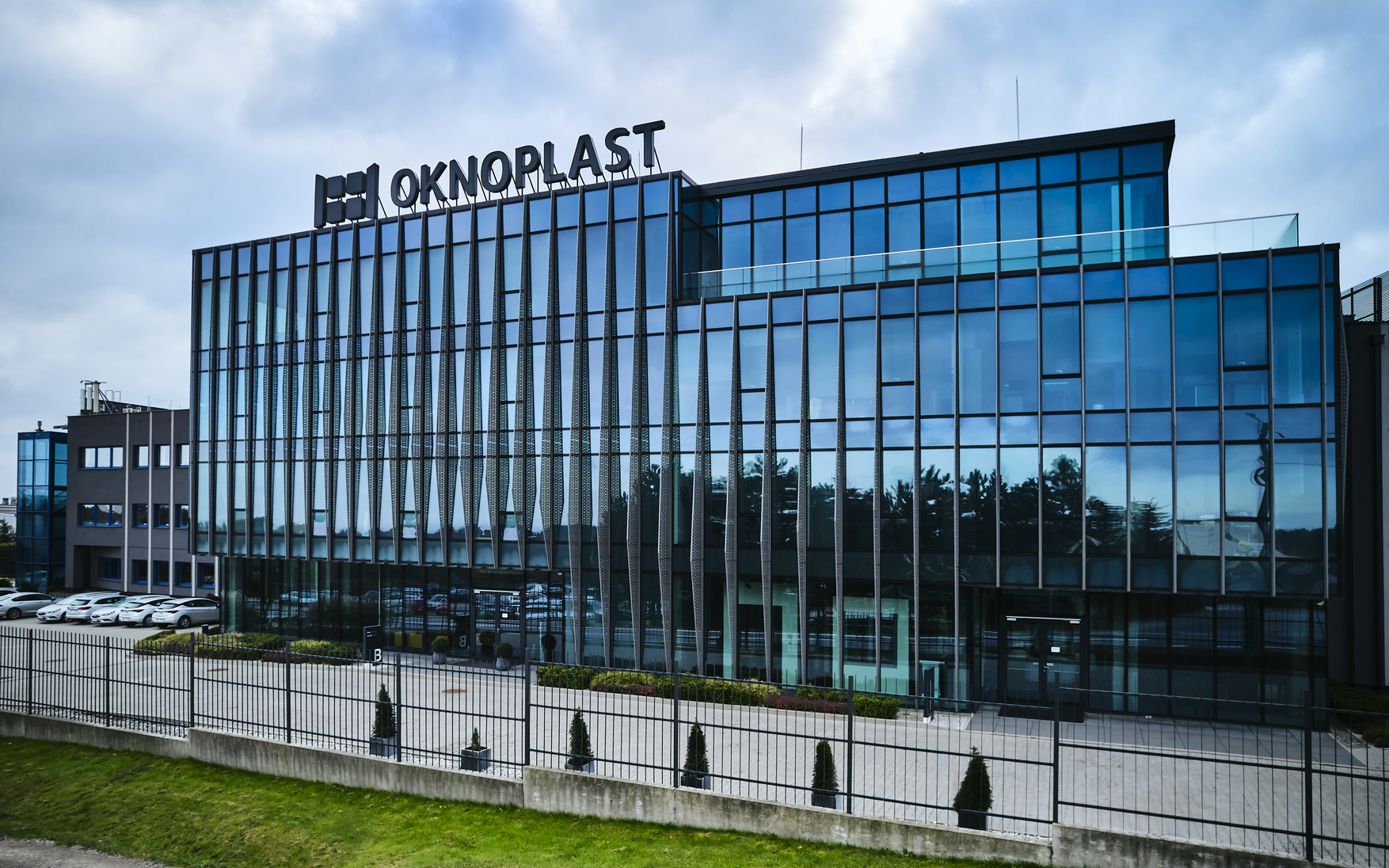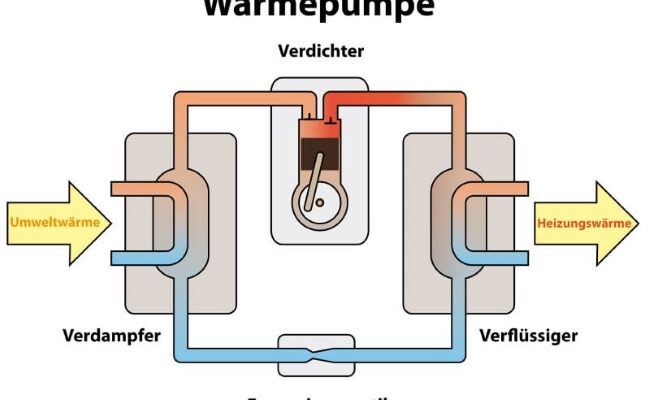The operating principle of heat pumps can be explained with the Compare the function of a refrigerator: They extract heat from the environment and release it into the home as thermal energy. All this is possible because heat pumps are equipped with a compressor or heat exchanger or evaporator.
Efficiency through the use of heat coming from inside the earth
The heat pump system is extremely efficient, is characterized by low operating costs and is extremely flexible: the heat pump can in winter as heating and in summer as cooling be used. Depending on the energy source used, heat pumps can be further divided into:
- Geothermal heat pump (brine-water heat pump)
- Water heat pump
- Air-water heat pump
- Air-to-air heat pump.
If the temperature drops below the freezing zone, the same temperature conditions exist in the soil year-round. Geothermal heat pumps exploit this property. They work through Earth collectors or earth probes.
Water tank on fire
Furthermore, underground water has a high thermal energy, which on average is around 10 degrees – wonderfully suitable as a heat source! To install a water heat pump (also: groundwater heat pump) you need two large wells, the so-called Suction and drainage wellswhich constantly suck in and release water. In a compressor the water is pumped under pressure to a higher temperature level and then ideally to Transfer of underfloor heating.
Air and water: a perfect couple
Thanks to air-water heat pumps, hot external air enters the house and is transformed into thermal energy. You can easily install these heat pumps outside or in the basement. A refrigerant flows through this systemwhich releases the heat gained to the heating or service water.
The power of the ambient air and the exhaust air
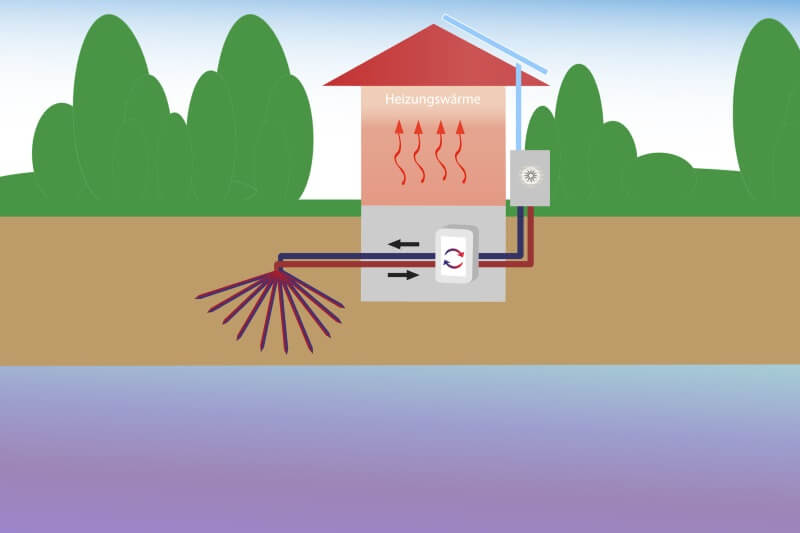
An air source heat pump does not require a refrigeration circuit at all. But it is equipped with geothermal heat exchanger, which mixes the exhaust air with the supply air and transfers the heat from the exhaust air to the fresh supply air. This solution is particularly suitable for homes with relatively low energy needs.
Heating with a heat pump has numerous advantages
Heat pumps are an ideal alternative for people who are particularly concerned about the environment and exhaust emissions. This Heating systems they do not produce harmful substances and are among the most environmentally friendly heating systems available. Economic arguments are also added to the ecological arguments: despite this heating system it is extremely expensive, Investment costs are amortized after approximately 10 years.
Danger: Brine-to-water heat pumps with a special return are currently eligible for financing and you will receive a portion of your further investment back.
Good to know: Heat pumps have been around for over 190 years
Success usually has many fathers – this also applies to the invention of the heat pump: The Frenchman Nicolas Sadi Carnot started it in 1824 when he defined the second law of thermodynamics. 10 years later, Jacob Perkins built the first compressor refrigerator, more or less our traditional refrigerator. In 1852 Lord Kelvin demonstrated that air, water or earth could be used to store energy and use it to heat the interior. The first heat pump was produced in Austria in 1855 based on a design by Peter von Rittinger. Heinrich Zoelly then applied for a heat pump patent, unfortunately without success. It wasn’t until the 1920s that Albert Einstein and Leo Szilard developed new versions of the home refrigerator and obtained a patent for them. Thus the current heat pumps were born.
We have already installed numerous heat pumps in our SEA homes. Perhaps you, a homeowner, would also like to benefit from this type of ecological heating in the future? We will be happy to help you! For further information please contact us at any time Contact form available.
latest posts published

The basement as an ideal place for a home sauna
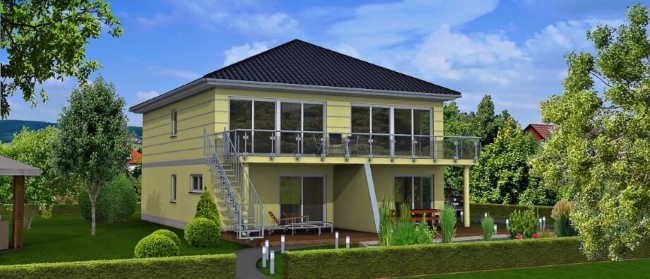
Building a condo is a breeze | What’s behind a condominium?
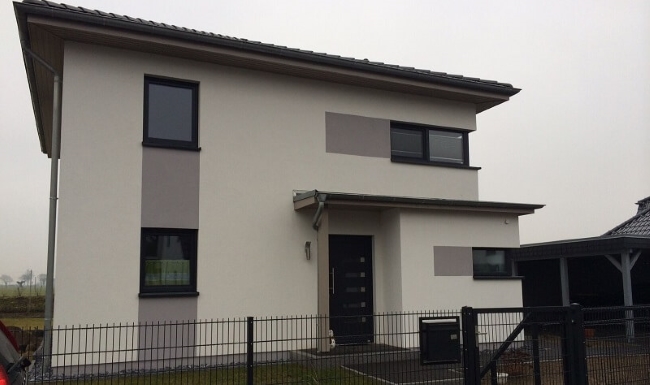
Splash protection for facades – that’s why it makes sense
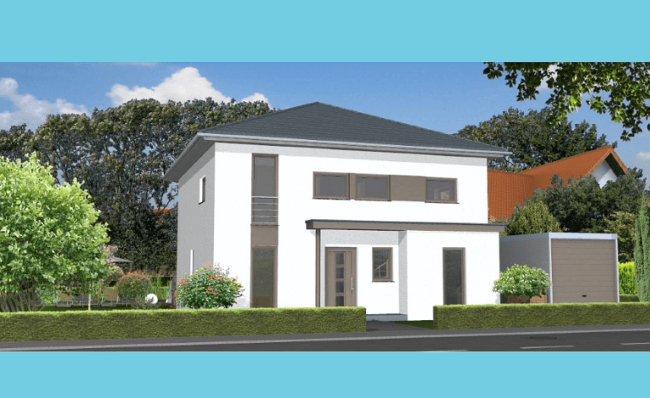
How to design your home with a covered garage

Build savings in times of low interest rates
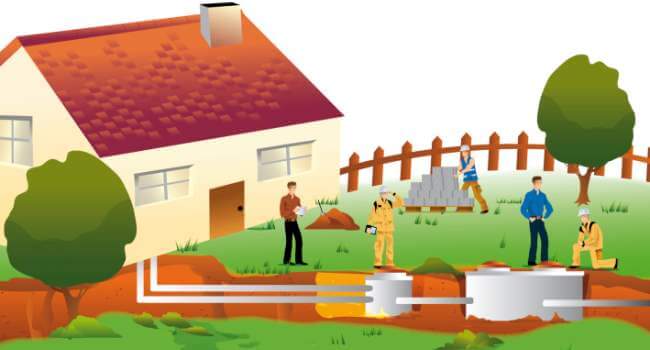
Useful information on property drainage | Considerations during construction

Interior wall plaster in brief
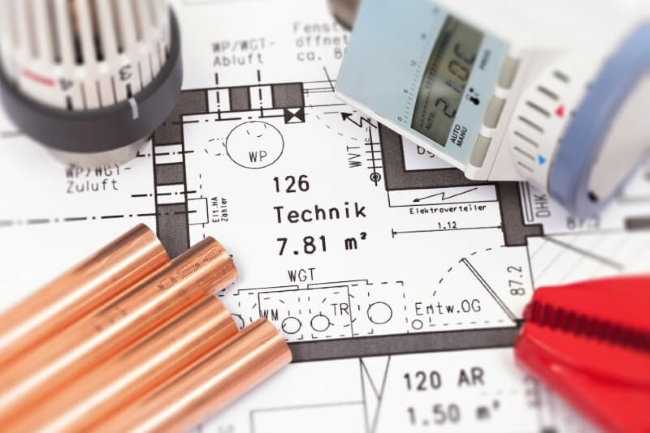
Heating with oil, gas or electricity
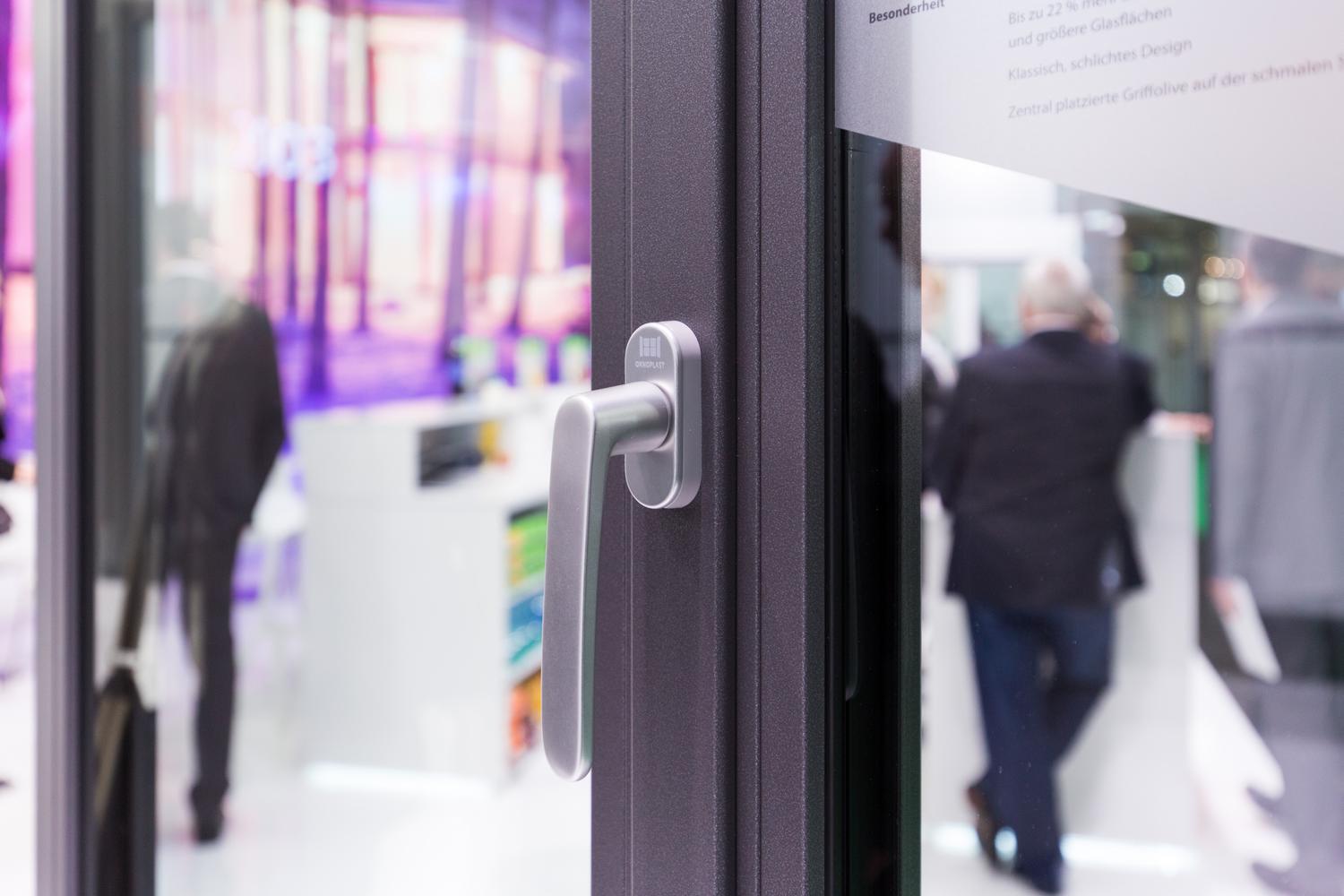
Foil as desired | Oknoplast
